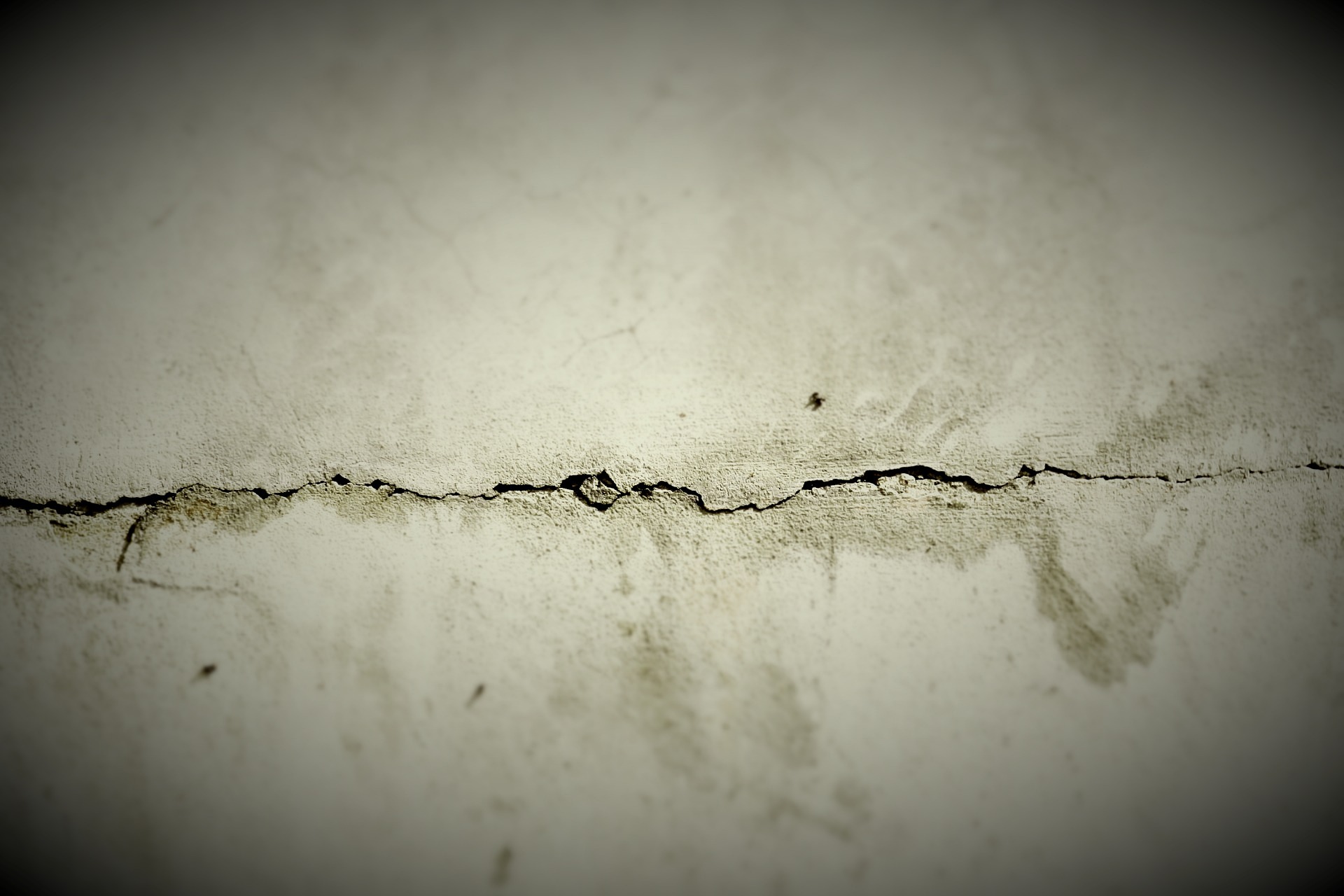Exploring the Uses of Waterproof Sealant for Concrete Cracks
Concrete cracks are a common issue in residential and commercial properties, often leading to water damage, structural concerns, and costly repairs if left untreated. Waterproof sealants have emerged as an effective solution for addressing these problems, offering protection against moisture infiltration while extending the lifespan of concrete structures. Understanding the various applications and benefits of waterproof concrete crack sealants can help property owners make informed decisions about maintenance and repair strategies.

What Makes Waterproof Sealant Effective for Concrete Cracks
Waterproof sealant for concrete cracks works by creating a barrier that prevents water penetration while maintaining flexibility to accommodate minor structural movements. These sealants typically contain polyurethane, silicone, or acrylic compounds that bond effectively with concrete surfaces. The key advantage lies in their ability to expand and contract with temperature changes without losing adhesion, making them suitable for both interior and exterior applications.
Modern waterproof sealants are formulated to penetrate deep into concrete pores, creating a comprehensive seal that addresses both surface-level and hairline cracks. This penetration ensures long-lasting protection and reduces the likelihood of future crack development in treated areas.
Common Applications of Sealant for Concrete Cracks
Sealant for concrete cracks serves multiple purposes across various structural elements. Foundation walls represent one of the most critical applications, where water infiltration can lead to basement flooding, mold growth, and compromised structural integrity. Applying waterproof sealant to foundation cracks prevents these issues while maintaining the building’s stability.
Driveways and walkways also benefit significantly from crack sealing treatments. These surfaces endure constant exposure to weather elements, vehicle traffic, and freeze-thaw cycles that naturally cause concrete expansion and contraction. Waterproof sealants protect these surfaces from further deterioration while improving their appearance and safety.
Swimming pool decks, patios, and outdoor concrete structures require specialized attention due to their exposure to water and chemicals. Waterproof sealants designed for these applications often include UV resistance and chemical stability to withstand chlorine, cleaning products, and intense sunlight.
Professional vs. DIY Concrete Crack Sealing Methods
Professional concrete crack repair services typically use commercial-grade sealants and specialized equipment to ensure proper application and long-lasting results. These services often include crack assessment, surface preparation, and multi-step sealing processes that address underlying causes of concrete failure.
DIY approaches using consumer-grade sealants can be effective for minor surface cracks and maintenance applications. However, structural cracks or extensive damage generally require professional evaluation to determine appropriate repair methods and materials. Property owners should consider the crack’s size, location, and potential underlying causes when deciding between professional and DIY solutions.
The choice between professional and DIY methods often depends on the complexity of the repair, available tools, and the property owner’s experience level. While DIY solutions may seem cost-effective initially, improper application can lead to recurring problems and more expensive repairs down the line.
Types and Selection Criteria for Waterproof Concrete Sealants
Various types of waterproof sealants are available for concrete crack repair, each designed for specific applications and environmental conditions. Polyurethane sealants offer excellent flexibility and durability, making them suitable for structural repairs and areas with significant movement. These sealants typically provide 15-20 years of protection when properly applied.
Silicone-based sealants excel in areas with extreme temperature variations and provide superior UV resistance for outdoor applications. Acrylic sealants offer good value for interior applications and minor exterior repairs, though they may require more frequent maintenance in harsh weather conditions.
Selection criteria should include the crack’s width and depth, environmental exposure, expected structural movement, and compatibility with existing concrete treatments. Consulting with local concrete repair specialists can help ensure appropriate sealant selection for specific conditions.
| Service Provider | Typical Cost Range | Coverage Area | Warranty Period |
|---|---|---|---|
| Local Concrete Contractors | $3-8 per linear foot | Residential/Commercial | 1-5 years |
| National Franchise Services | $5-12 per linear foot | Multi-state coverage | 2-10 years |
| Specialty Waterproofing Companies | $8-15 per linear foot | Regional coverage | 5-15 years |
| DIY Sealant Products | $15-50 per tube/cartridge | Self-application | Product warranty only |
Prices, rates, or cost estimates mentioned in this article are based on the latest available information but may change over time. Independent research is advised before making financial decisions.
Long-term Benefits and Maintenance Considerations
Properly applied waterproof sealants provide numerous long-term benefits beyond immediate crack repair. These treatments help prevent freeze-thaw damage by eliminating water penetration that expands when frozen, causing additional concrete stress and cracking. Regular application of waterproof sealants can significantly extend concrete lifespan and reduce overall maintenance costs.
Maintenance requirements vary depending on sealant type, environmental conditions, and application quality. Most professional-grade sealants require inspection every 3-5 years, with reapplication needed every 10-15 years under normal conditions. Areas with extreme weather, heavy traffic, or chemical exposure may require more frequent attention.
Property owners should monitor sealed areas for signs of sealant degradation, including cracking, peeling, or water penetration. Early detection and prompt resealing can prevent minor issues from developing into major structural problems requiring extensive repair work.
Exploring the uses of waterproof sealant for concrete cracks reveals a practical and cost-effective approach to protecting concrete structures from water damage and extending their functional lifespan. Whether addressing foundation issues, maintaining driveways, or protecting outdoor surfaces, proper sealant selection and application can provide years of reliable protection while preventing more costly structural repairs in the future.




